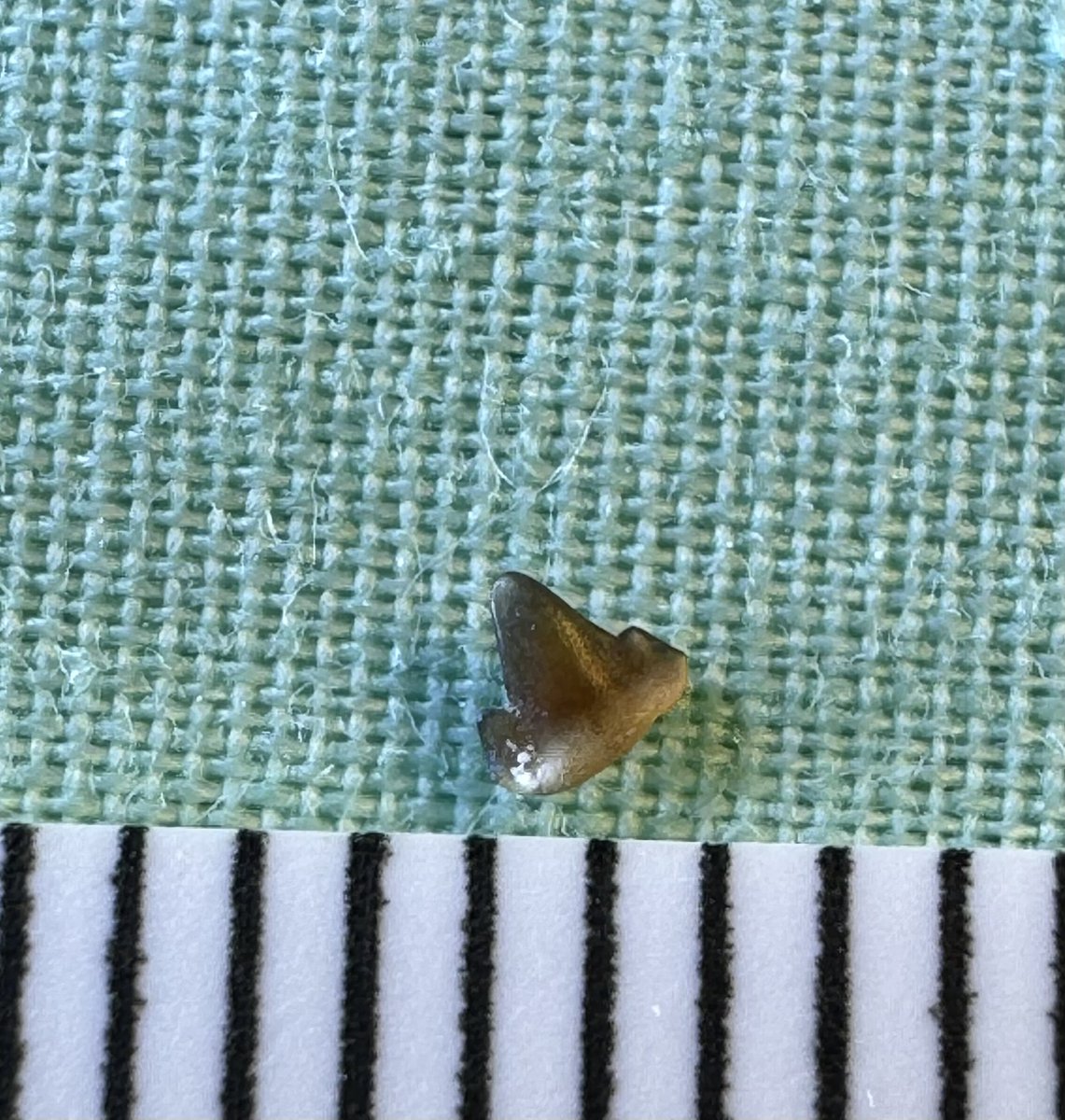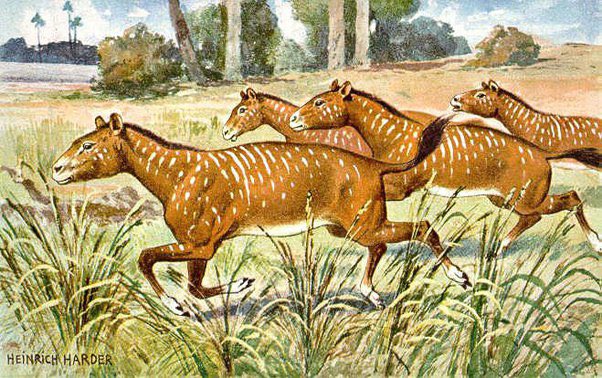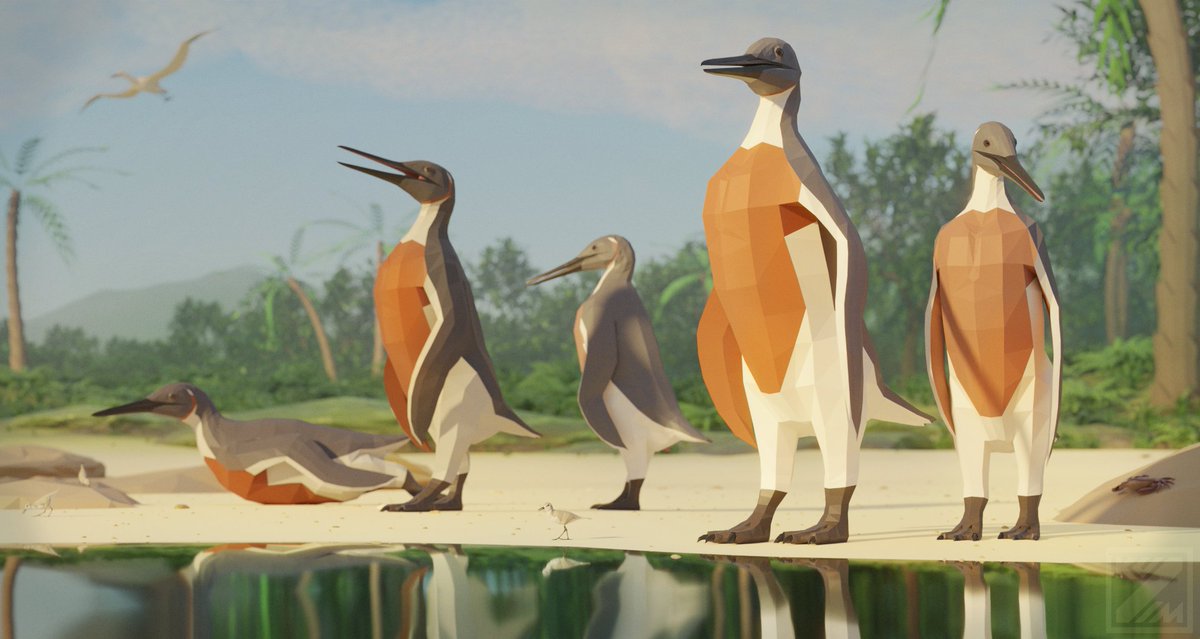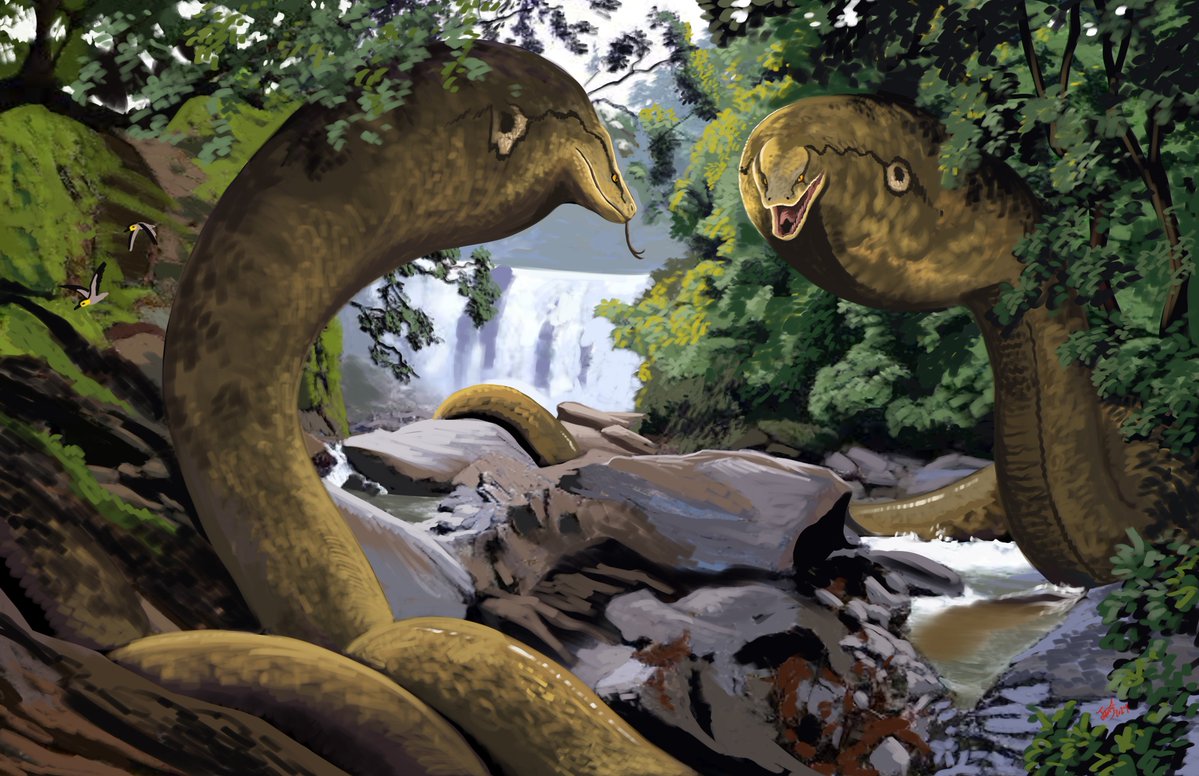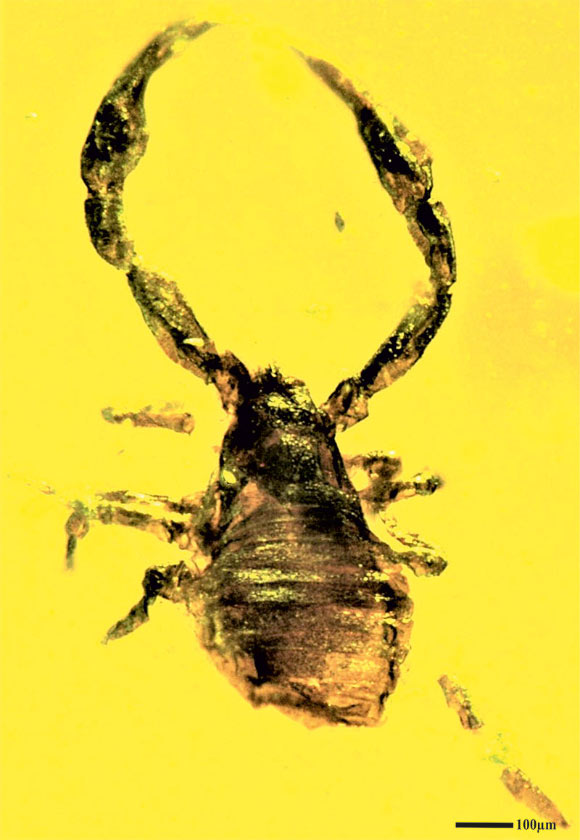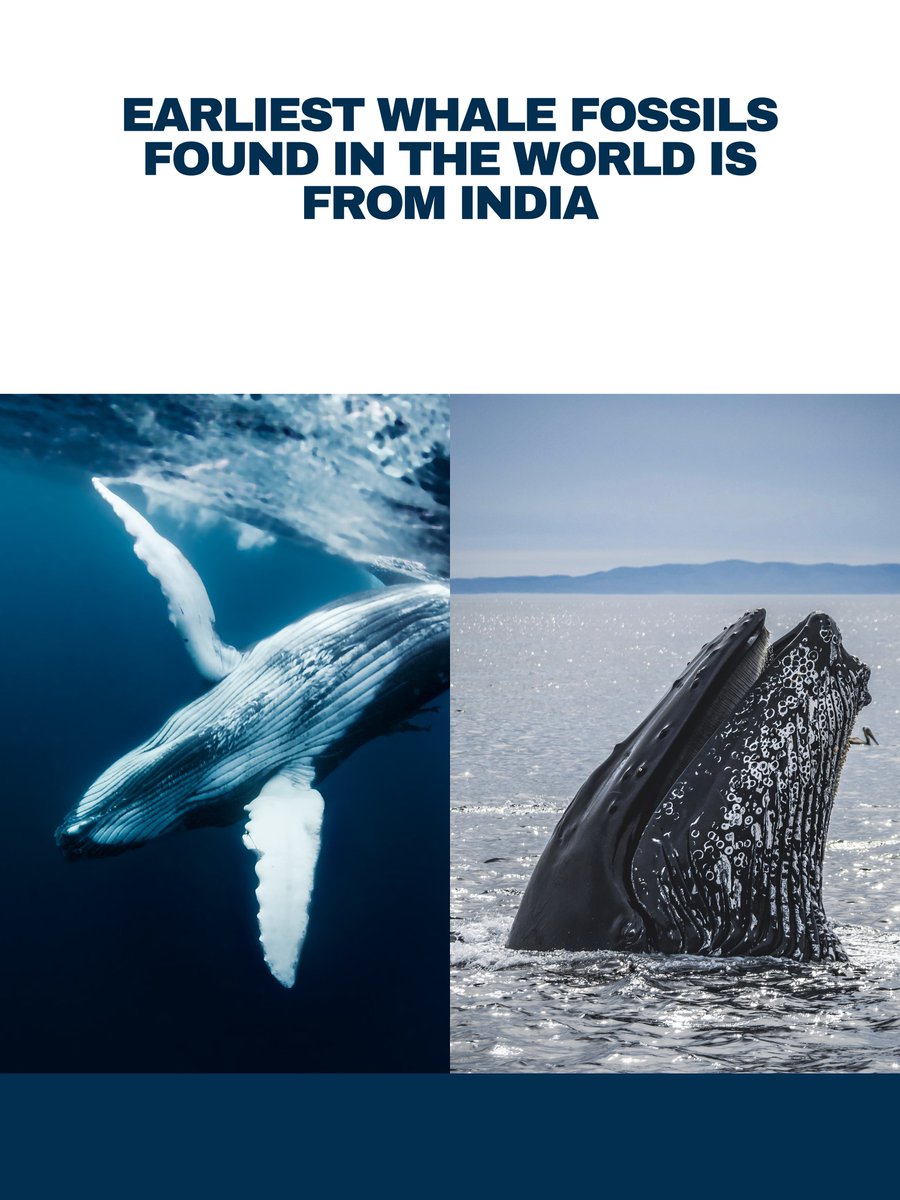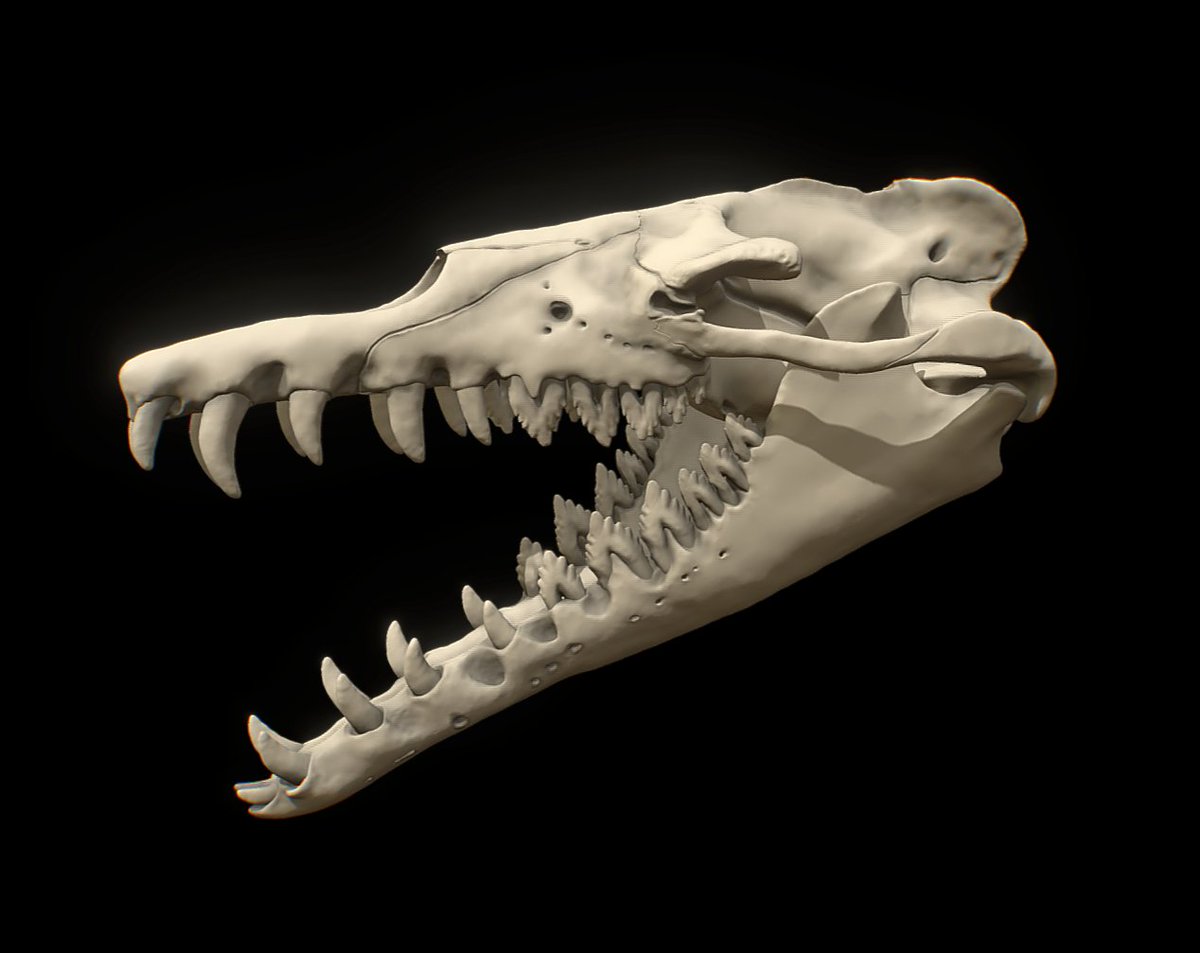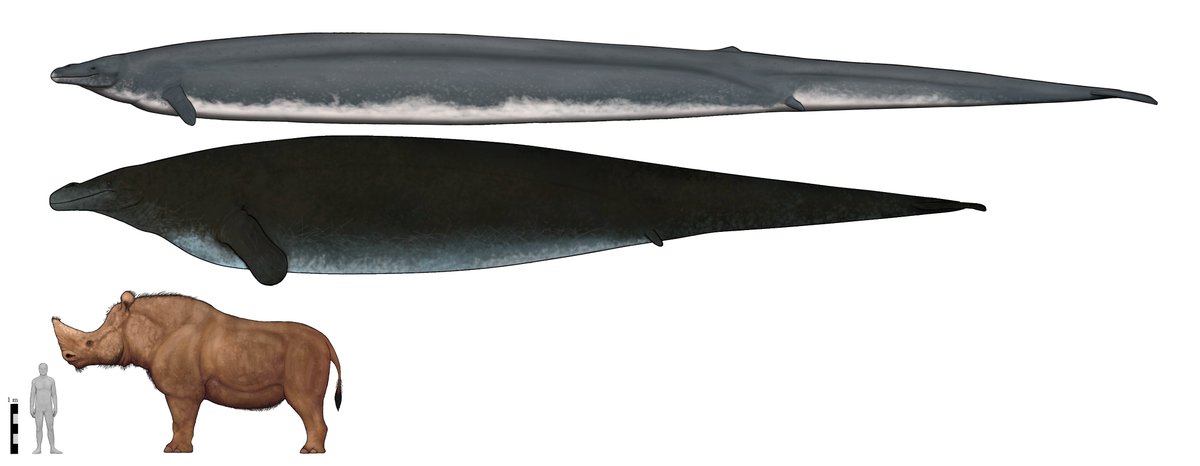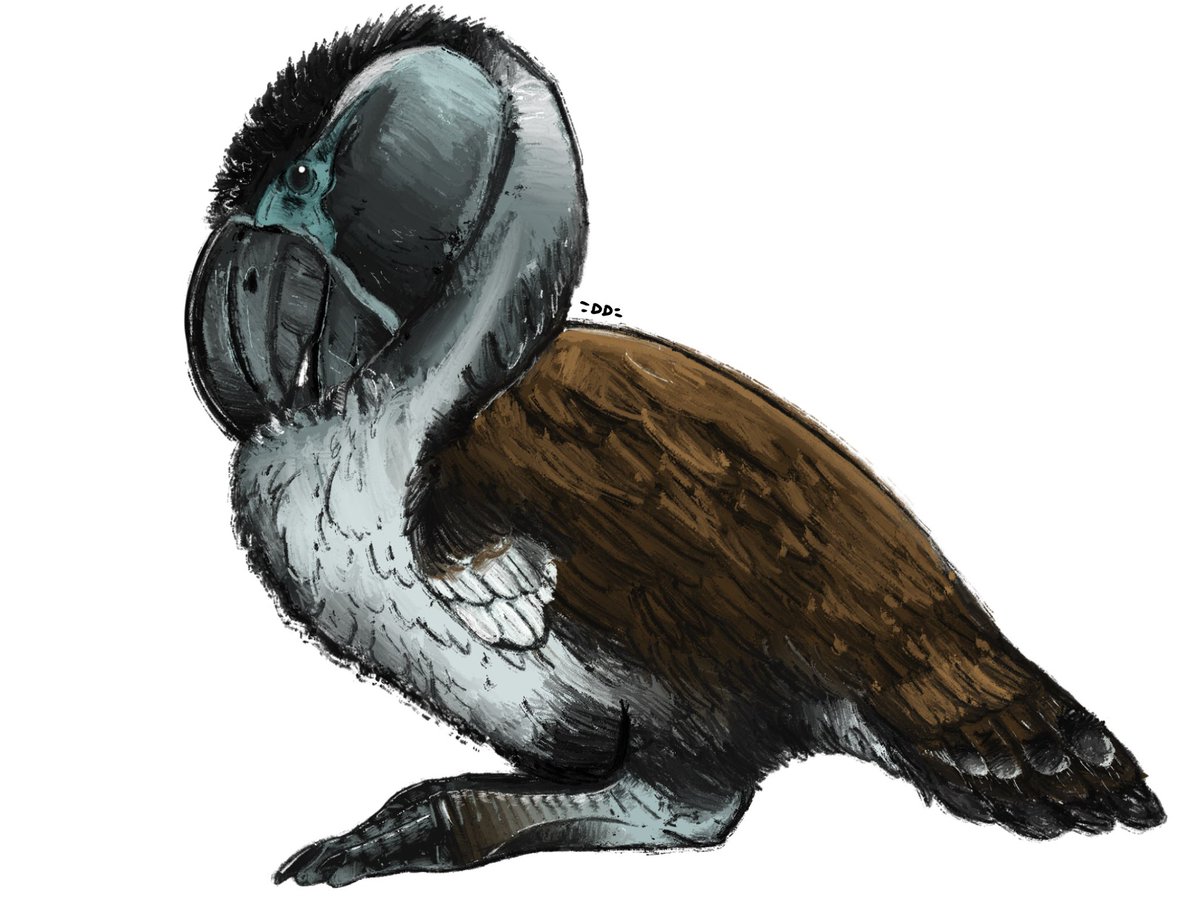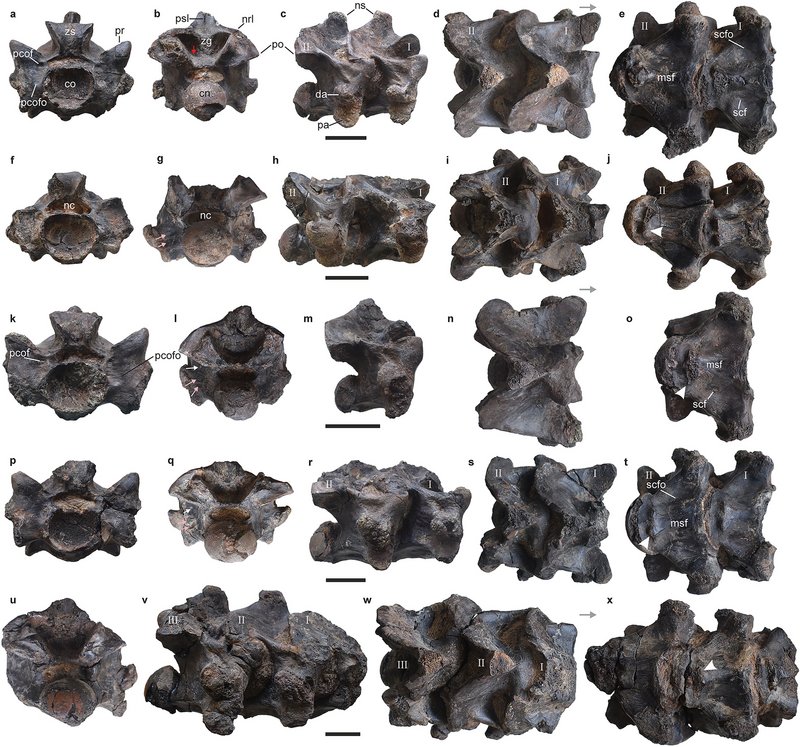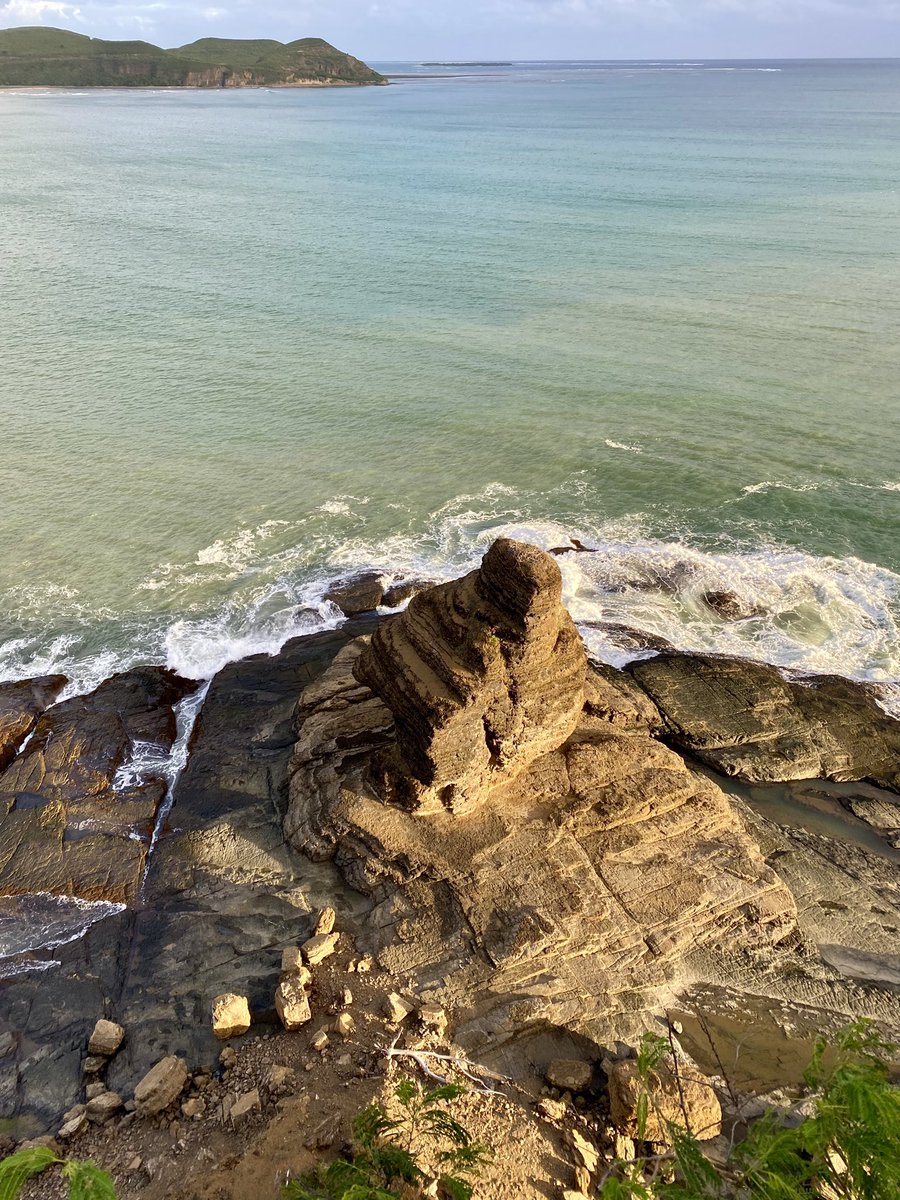



🤝 #AIMPLAS , entidad colaboradora del #ProyectoEocene .
AIMPLAS trabaja con #OmarCoatings en el desarrollo de #resinas de poliéster insaturado con origen #renovable .
Más información: bit.ly/3JZ37od


Science girl This is a drawing of an Indohyus, an extinct genus of digitigrade artiodactyls, is known from Eocene fossils found in Asia.
This raccoon-sized creature, reminiscent of a chevrotain, dwelled in the Himalayas and is among the earliest known non-cetacean ancestors of whales. Its
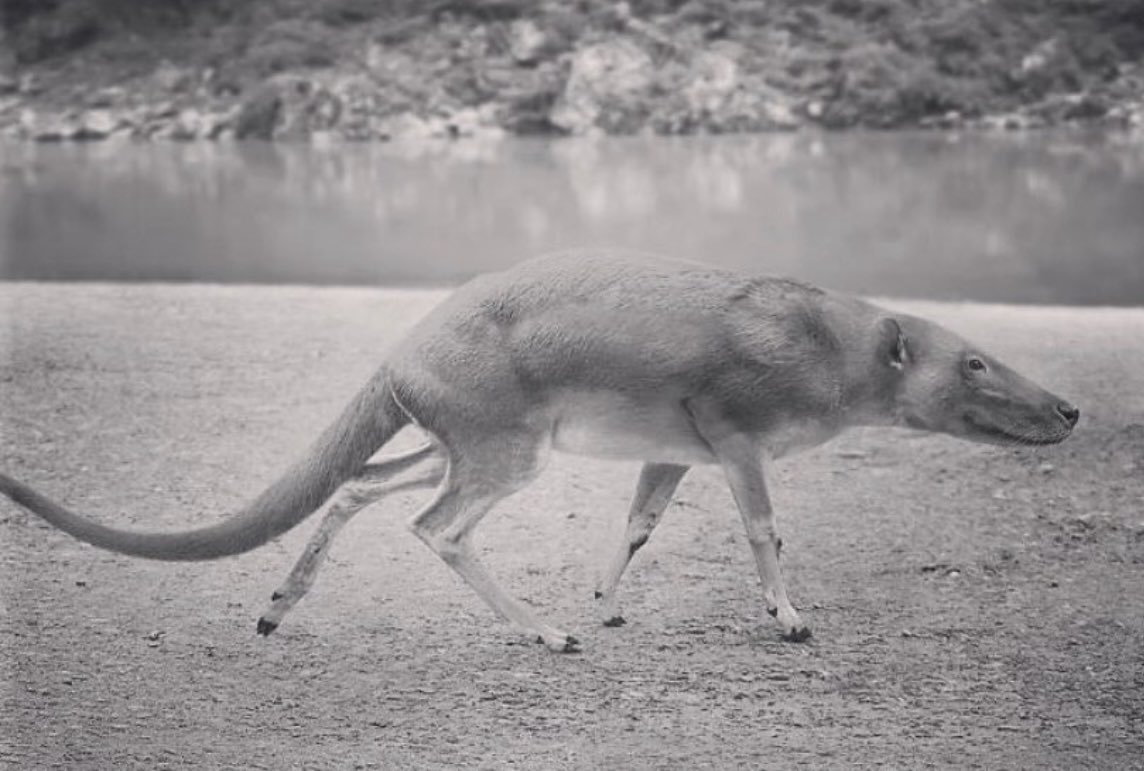

C0mm1ssioned Artwork of #inkayacu , a 4.9 foot prehistoric #penguin from Eocene Peru!
#paleoart #animalart #cenozoic #Procreate #ArtistOnTwitter
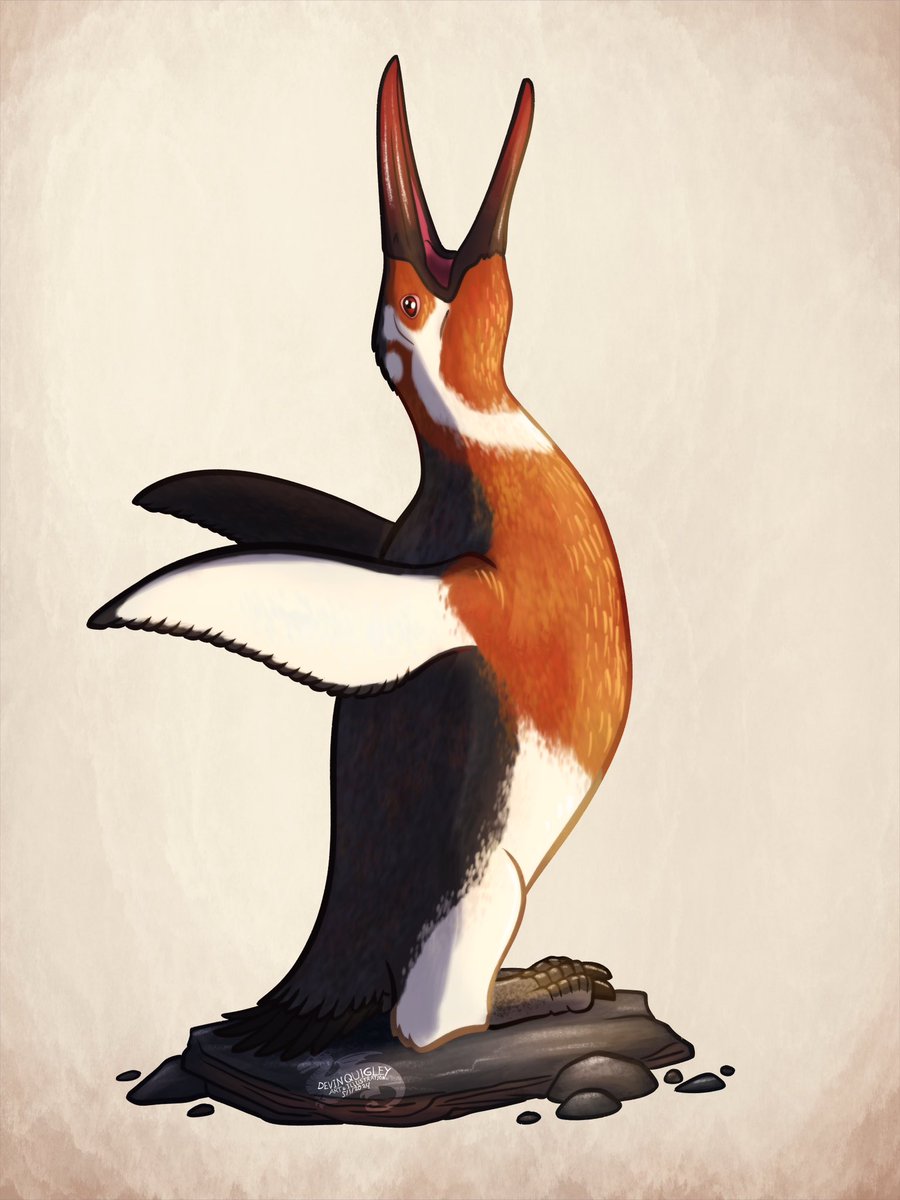



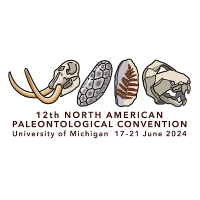
Can't reach the #whales now🐋
Can't turn the tide🌊
The world looked different
In #Eocene oceans wide
Dorudon🐳
The year that you were born
Basilosaurus🐋
And the next one wasn't yours
Sifting through epochs past
For moments of your own💫
#FossilFriday #napc2024 #VampireWeekend
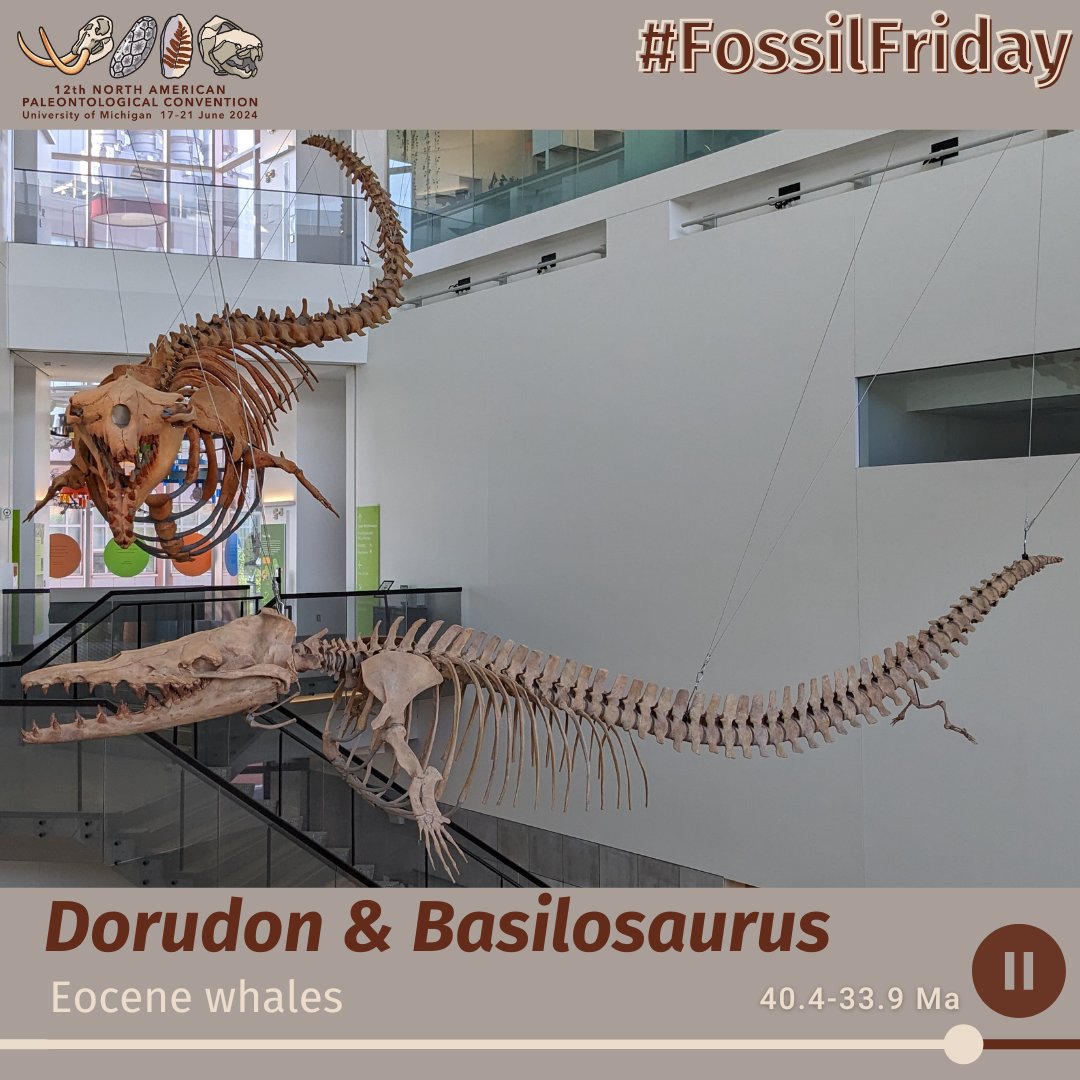



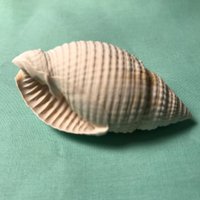
A tiny (2mm wide) Horn Shark anterior tooth (Heterodontus) found at Center Hill, Fl. during a TBFC field trip, collected off spoil pile. Upper Eocene – Ocala Limestone Formation. Donated this tooth to the #UF Florida Museum of Natural History. #FossilFriday #FloridaFossils #Sharks
